Waterproofing materials come in various different forms.
Understanding what each one does, in what circumstances they work best and how best to use them will help you to make good decisions when it comes to waterproofing your home, business, electricals, vehicles and more.
Below we talk you through some of the best waterproofing materials including cementitious coating, EPDM rubber, fiberglass, high-density polyethylene, liquid roofing, polyurethane waterproof coating, PVC and rubberized asphalt.
1. Cementitious Coating
Cementitious coating is a modified polymer coating that forms a cement-based alkaline coating.
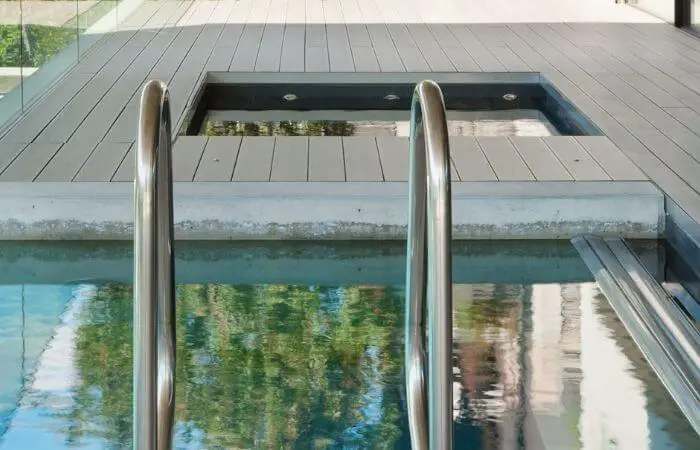
It is commonly used to protect concrete in areas where the ground is contaminated with sulfate, as this causes aggressive concrete deterioration.
It is a very hard-wearing treatment that also protects structures from water, acids and other chemicals as well as weather.
To apply cementitious coating the surface needs to be properly prepared with all oil, grease, and traces of chemicals contaminants completely removed otherwise the coating could be compromised.
The surface also needs to be smoothed off, usually by sandblasting if it is being applied to concrete.
Once this is done the Cementitious coating can be sprayed on.
Cementitious coating is used for things including:
- Basement waterproofing
- Walls
- Swimming Pools
- Water tanks*
- Bridges
- Dams
- Water treatment facilities
- Parking lots
- Underground structures
- Roofs
- Decks
- Coastal structures
- Reinforced concrete
As you can see it is extremely versatile.
This is thanks to its use of cement chemistry, which comprises a mixture of sand, cement, micro silica, fibre and styrene-acrylic copolymers.
When it is combined with lime a reaction is triggered which creates a durable waterproof seal.
Also Read: Is Cement Wateproof?
It is applied in either a spray or liquid form, the spray is best for small applications such as a water tank where as liquid is used for large industrial scale projects such as brudges and coastal structures.
One of the drawbacks to cementitious coating is that it is inflexible, so it isn’t suitable for use on surfaces that are prone to movement such as metal roofs.
It is best suited for use on concrete where movement is minimal, once applied to this type of surface it will last for decades.
*If you are applying a cementitious coating to a drinking water tank the coating needs to meet a specific standard known as NSF/ANSI/CAN 61 to ensure that the water will not be contaminated with dangerous substances such as lead.
2. EPDM Rubber
Ethylene Propylene Diene Monomer (EPDM) is a synthetic rubber that is great at resisting weather, UV, water and more.
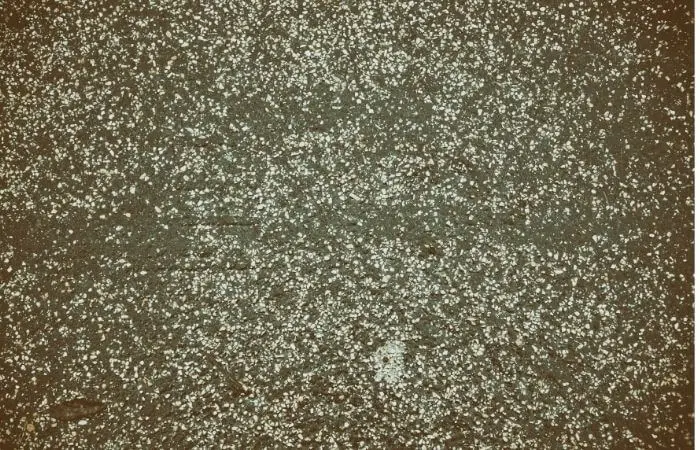
It is widely used for a range of things including:
- Waterproof sheeting
- Roof coverings
- Door seals
- Window seals
- Car doors & windows
- Weatherstripping
- Electrical gaskets
It can also be used where cushioning or elasticity is required due to its flexibility.
It is most commonly used in areas where it is vital that water is kept out so that it doesn’t interfere with electrics or get into a building or vehicle.
It is perfect for doors and windows because it both seals them and cushions them as they close, thereby minimizing damage to the door or window.
EPDM Rubber is a great waterproofing material for a number of reasons:
- It made mostly from ethylene and propylene, which are derived from oil and natural gas, these naturally repel water.
- Its flexibility allows it to be compressed and to expand so it can easily create a completely watertight seal between two surfaces.
The downsides of using EPDM rubber as a waterproofing material is that it is usually quite thin.
So if you were using it to waterproof a roof it could easily be torn by debris from a storm or a loose nail being accidentally trodden into it.
It also can shrink slightly over the years which may eventually allow leaks in.
Typically it will be at least 10 years before any repair work is required unless it has been poorly installed.
3. Fiberglass
Fiberglass is an extremely versatile waterproof material that is used for a wide range of applications including:
- Boats
- Canoes & Kayaks
- Swimming Pools
- Hot Tubs
- Baths
- Waterslides
- Undersea Protective Coverings
..and much more.
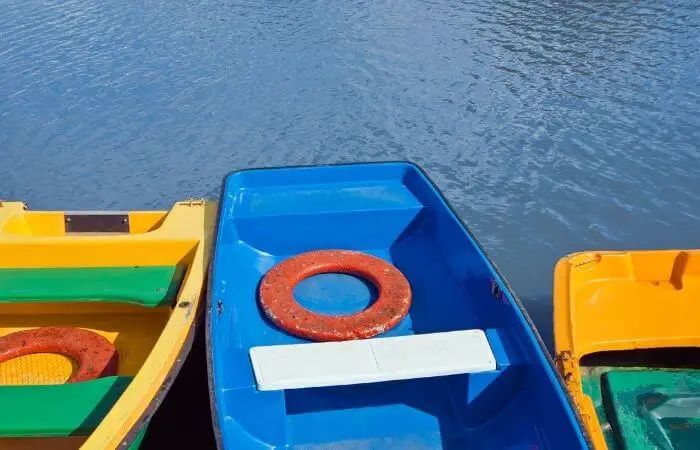
All of these need to be reliably waterproofed to avoid a dangerous failure. A leak has the potential to be fatal in the case of boats, canoes & kayaks.
Fiberglass is a great waterproofing material for a number of reasons:
- It has an extremely high resistance to chemicals meaning it won’t rot, get moldy or disintegrate over time, perfect for boats.
- It is very rigid and strong (over twice as strong as steel wire) and will not stretch or shrink meaning it isn’t vulnerable to changes in weather and won’t crack from cold exposure.
- It is very adaptable and can be patched onto pretty much anything in need of waterproofing.
Fiberglass achieves its rigidity and high chemical resistance due to its combination of interwoven glass fiber strand mats and a plastic resin binding agent.
Once cured it is extremely strong and completely waterproof.
The downsides of fiberglass are that it often requires re-gel coating every 5 years or so and it can create excessive airborne fibers which can aggravate respiratory conditions such as asthma in closed spaces.
4. High-Density Polyethylene
High-density polyethylene (HDPE) is a type of thermoplastic made from petroleum.
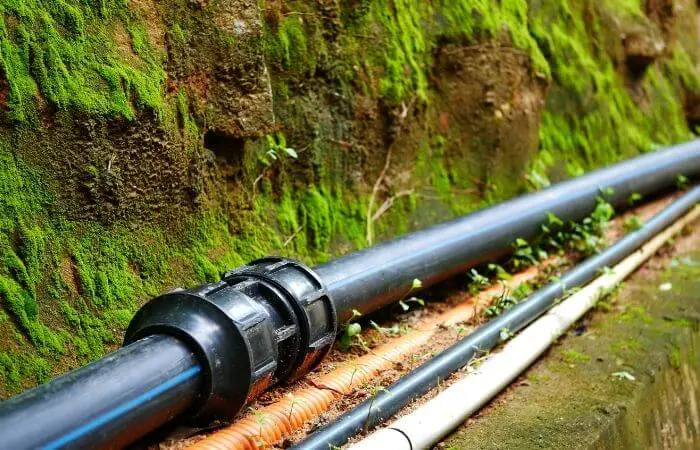
It is an incredibly versatile material that is used for a wide range of waterproof products including:
- Waterproof liners
- Waste pipes
- Gas pipes
- Water pipes
- Plastic bottles
- Milk Jugs
- Chopping boards
- Snowboards
…and much more.
It is known for its impressive tensile strength and impact resistance which makes it ideal for making pipes as it’s strength helps to minimize the risk of cracks and leaks.
HDPE waterproof sheeting is highly recommended for numerous waterproofing applications such as inside cavity walls or underneath roof tiles to prevent damp transfer.
HDPE it great at waterproofing for several reasons:
- The incredibly tight structure of its cells makes vapor absorption impossible.
- It has extremely high chemical resistance so it will not rot or breakdown over time, HDPE pipes can last hundreds of years underground.
It is also recyclable!
The downsides to HDPE are that it can be difficult to bond.
You will find then when leaks occur in an HDPE pipe they do not occur in the body of the pipe itself but at the end of the pipe where the sealant has failed.
5. Liquid Roofing
Liquid roofing is a liquid-based rubber that is sprayed onto metal roofing.
It is used for the same sort of roofing jobs that EPDM rubber is used on.
In fact, liquid rubber is said to be the next generation of EPDM roofing sheets.
It has all the durability and weatherproofing that EPDM has but it has no seams (these are weak points for leaks) and it is far quicker and easier to apply.
Liquid rubber is a highly effective waterproof and airtight sealant that will stick to any surface so it can be used in a wide range of different applications, it is most commonly used for:
- Roofing
- Sealing bathroom & kitchen floors
- Sealing tiles
Liquid roofing is great at waterproofing for a number of reasons:
- It is highly elastic, so it reforms its shape after any impact this means it is less susceptible to tearing and leaking.
- Because it is sprayed on it is completely seamless so there are no weak points for water to leak through.
- It is very cost-effective.
Be aware that the composition of liquid roofing will vary depending on who you buy it from.
It is typically made of some sort of mix of polymers, asphalt, polyurethane, rubberized aluminum and acrylic.
6. Polyurethane Waterproof Coating
Polyurethane is a polymer made from organic elements that are connected together by urethane links.
While that might not mean much to most of us, one of the results of that is that it’s great at waterproofing!
Polyurethane is a low-cost waterproofing solution that has many uses including things like:
- Hoses
- Foam seals
- Gaskets
- Adhesives
- Sealants
- Condoms
…and much more.
Polyurethane comes in many different forms and is a key ingredient in many waterproof products including things like Gorilla glue.
One of the best polyurethane waterproofing materials is polyurethane waterproofing coating.
This is applied to a surface in a cold liquid form much like paint, no need to heat it up.
It takes 24 hours to cure.
You can get odorless versions of it too which we recommend as polyurethane fumes can be dangerous if inhaled.
It is perfect for waterproofing flat roofs (or any roofs for that matter).
It is particularly good at defending against ponded water (this is any water that remains on the roof for 48 hours or more), where waterproofing materials that have seams are liable to weaken with continual exposure to ponded water before eventually failing and leaking.
Polyurethane waterproof coating will work even on pre-weathered, damaged roofs.
This is because it is completely seamless and as it is in liquid form it will fill all the contours of your roof evenly, giving a smooth watertight finish.
It is a great choice of waterproofing material because:
- It is highly resistant to strong detergents, oils and corrosives too so it’s seal won’t be compromised by an accidental spill.
- It will last for 25 years or more.
The downsides to this material are that some manufacturers recommend applying more than one coating and as each coat requires 24 hours to cure this can turn a simple job into a long and expensive one if you are paying for labour.
Unpredictable weather can also significantly lengthen the time it will take to apply it.
7. PVC
PVC is an incredibly versatile product used in a huge range of applications.

It is actually the world’s third-most widely produced synthetic plastic polymer.
It is used to make many different products including:
- PVC doors & windows
- Pipes
- Cable insulation
- Food packaging
- Cladding
- Waterproof covers
- Shrinkwrap
- Waterproof jackets
…and thousands more.
PVC can be used as a waterproofing material in two different forms.
Rigid PVC is used to make pipes, doors and windows and items which require structural strength to perform.
In fact, around 50% of PVC resin produced is used to make sewage pipes due to its low cost and ease of use.
The addition of plasticizers to PVC makes it softer and more flexible allowing it to be used for things like cable insulation and plumbing seals.
PVC is a great waterproofing material for a number of reasons:
- PVC membrane is both strong and flexible so it can withstand significant loads making it highly resistant to leaks caused by cracking.
- It is UV resistant (this helps prevent it from breaking down) and its tight cell structure makes it impermeable to vapor.
Be aware that PVC has a bad reputation for not being sustainably produced, this is very difficult to achieve with something which is produced in such large volumes.
8. Rubberized Asphalt
Rubberized Asphalt is a composite material made of standard asphalt (that is used on roads around the globe) mixed with crumb rubber which is made from recycled car tires.
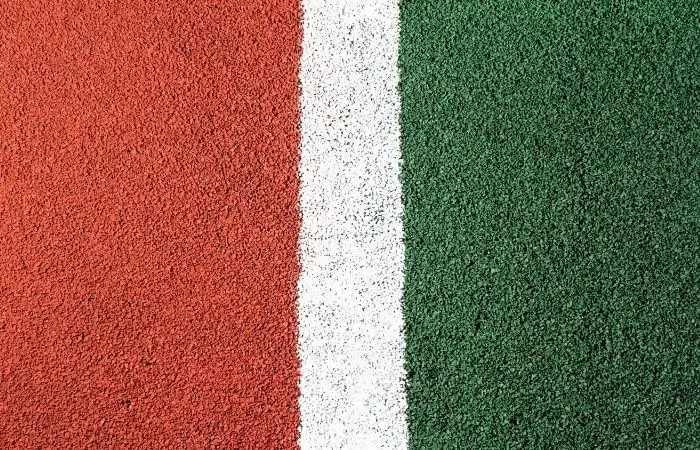
As of 2017, the rubberized asphalt market used over 25 percent of the United States’ scrap tires which accounted for over 62 million tires being recycled.
Rubberized Asphalt is used for:
- Playgrounds
- Roads
- Pavements
- Roofing
- Bridges
Rubberized Asphalt is increasingly used for roads as it improves road performance in a number of ways:
- Improving skid resistance
- More rutting resistance
- Better ride quality
- Longer pavement & road life
- Reduced road noise levels
- Minimizes hydroplaning
It is less commonly used directly for waterproofing but it is very good at it.
Roads need to have a high degree of waterproofing otherwise water will seep through them and over time they will wash away the soil underneath creating a cavity that will collapse in on itself, often causing serious injuries or even death.
Rubberized Asphalt is often used on the flat roofs of commercial buildings or to tarmac driveways that have extensive weed problems.
This is because it is both great at waterproofing and it does a very good job of preventing weeds from growing due to its toughness, meaning it is very low maintenance.
Two things which make it particularly good at waterproofing are:
- It’s flexibility, it is very rare for it to crack.
- It has extremely low moisture vapor permeance levels.
One of the downsides to rubberized asphalt is that the rubber and asphalt particles are prone to separate when being prepared, great care should be taken to mix thoroughly during preparation to prevent this from happening as this can significantly reduce its reliability.

